PhD Discussions Sessions: Ferran Velasco and Fabio Riefolo
IBEC, floor 11, Tower I Baldiri Reixac 4-8, 08028 Barcelona, SpainCellulose-based cryogels for long-term culture of pancreatic islets and skeletal muscle tissue Ferran Velasco, Biosensors for BioengineeringIslet encapsulation inside traditional hydrogels is one of the most common techniques to study insulin secretion for Diabetes Mellitus studies. However, it’s proved that cells encapsulated in a depth of more than 100 microns die due the lack of ... Read more
